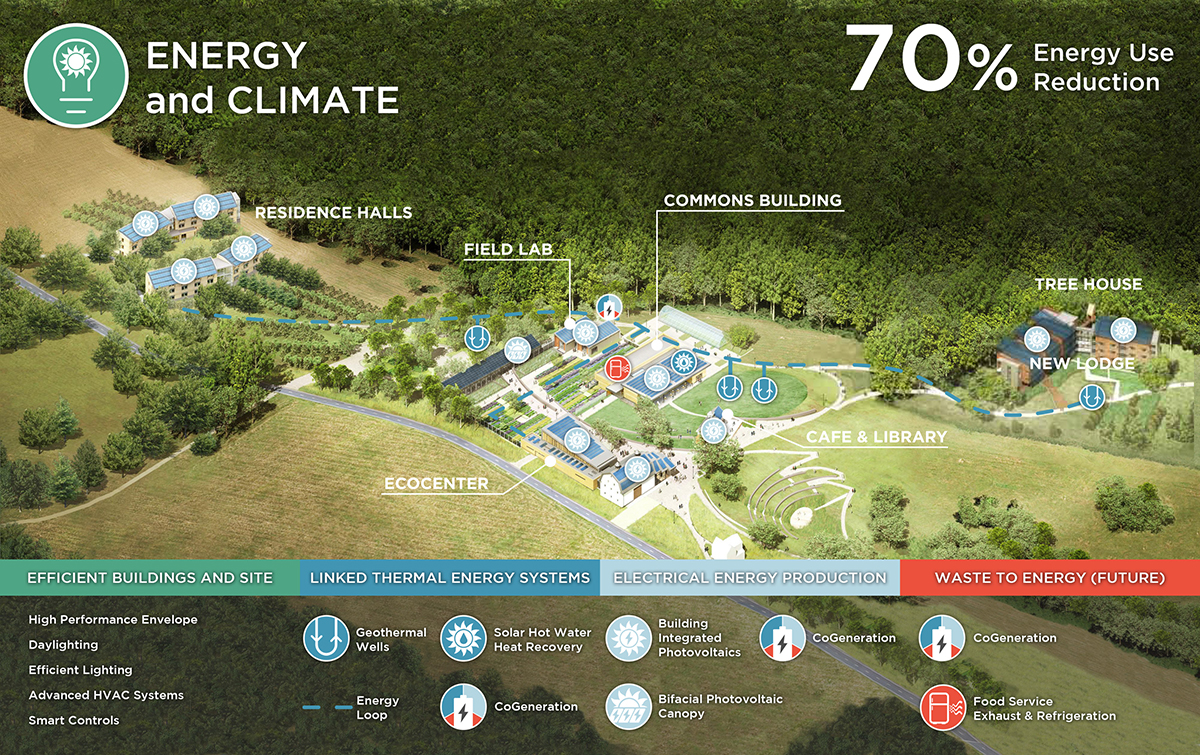After a short hiatus, Interface Engineering rejoined CBE’s industry consortium this spring. With the firm’s emphasis on low-energy integrated design and creative collaboration, Interface’s participation will add significant value to CBE’s membership community.
Interface is a multidisciplinary engineering firm known for creative MEP design, energy and water efficiency consulting, and building commissioning. Started in 1969 with just four employees, their practice has grown into a nationally recognized consultancy with over 200 professionals in seven offices. They focus on high-performance, pragmatic design, and to date have completed over 150 LEED-certified projects and over 25 net-zero buildings.
The firm has recently rejoined CBE as an industry partner, but has never lost its focus on improving the built environment and collaborating with other Bay Area firms to challenge the traditional notions of design. Interface extended this approach to its Honolulu office in 2013, where thermal comfort in passively cooled buildings has come to the forefront of their practice. Working closely with the Hawaii Department of Education (and other CBE industry partners), they have established a set of best practices for retrofitting aging schools with the goal of mitigating overheating. The strategies include night flush ventilation, high reflectivity wall and roof coatings, shading with landscaping, increased building insulation (particularly at the roof), and the addition of ceiling fans to promote air movement.
Interface has a number of specialty teams within its offices located around country, including their Building Performance Simulation group, a dedicated team of analysts serving as internal consultants to the firm’s designers. They use best-in-class simulation tools such as EnergyPlus, IES-VE, and Simulation CFD to analyze building energy performance, and to conduct research in the fields of human thermal comfort, natural ventilation, and daylighting optimization. We are encouraged as they inform us that they rely heavily on the research and tools that have been created at CBE.
The firm’s commissioning group conducts post-occupancy studies on many projects designed within the firm, which serves as a crucial feedback loop, informing future design projects. They have also been leading an effort in the retro-commissioning field, helping many building owners and property managers to keep their buildings running at an optimum with fault-detection analytics software. They are particularly excited about the “Hamilton” sensor kits, a new integrated sensor platform that was demonstrated at CBE’s May 2017 meeting. They tell us that these low-cost sensor kits have the potential to revolutionize the way post-occupancy studies are conducted.
Interface’s design philosophy focuses on analysis-driven decision making and creativity on every project. It is their belief that high-performance design can be achieved at the same cost, or even lower, as a traditional system. They also try to maximize the use of passive design strategies wherever possible, taking advantage of local climate phenomenon. To serve their clients and their community, they use integrated design to create sustainable solutions that not only perform beyond expectation, but also lead and inspire. Their mission is simple: to help build optimal environments for life.
Featured image: Diagram showing the energy concept for Chatham University Eden Hall Campus.

